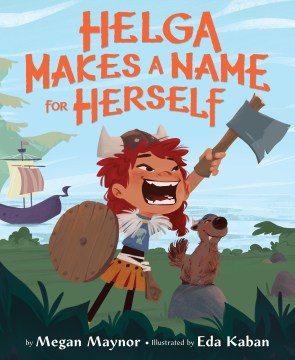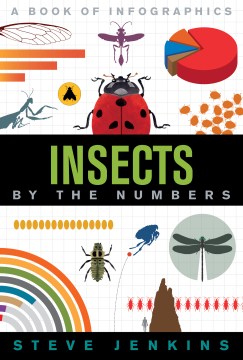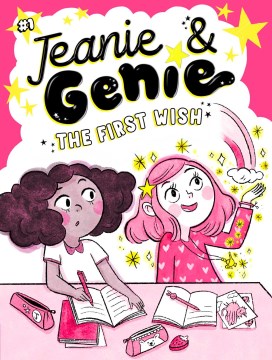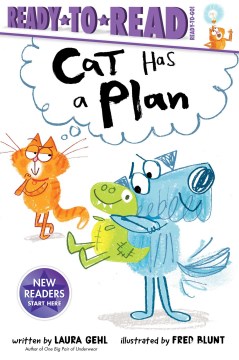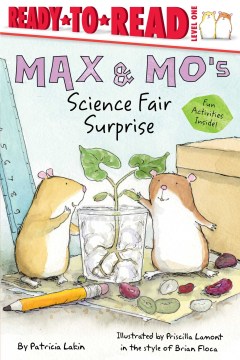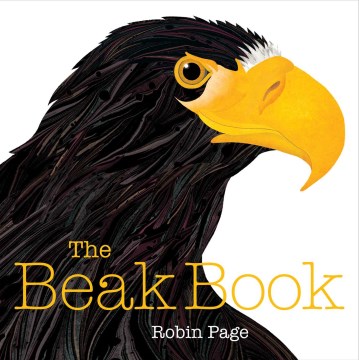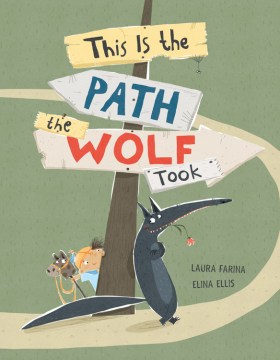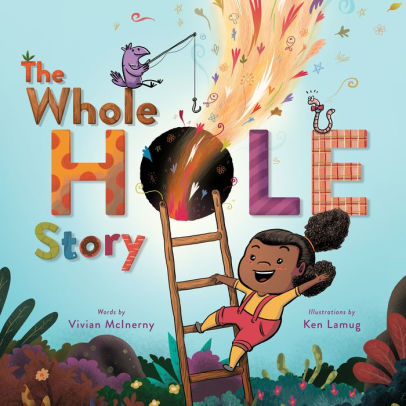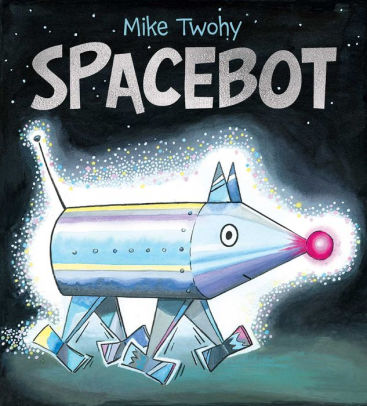What was it like to grow up in a strict German Catholic family in the early 1900s? This work chronicles the life of Wilhelm Hosenfeld – a teacher, husband, father, thinker, leader and always a man with a Christian conscious.
Wilm Hosenfeld embraced the Wandervogel message that, “German youth wanted to shape their own lives, through self-determination, self-responsibility, and inner truthfulness.” He embraces the youth hostiles, competitions and camaraderie with people his age. WWI erupts and he proudly volunteers to join the Prussian infantry and fights on Flanders Field for the fatherland. By 1918 he was tired and disillusioned with war and happy to return to his studies to become a teacher.
He meets his future wife at a Wandervogel meeting. Their shared interests include art, literature, music and the outdoors though they came from very different backgrounds: Catholic versus Protestant, upper class vs villager.
By 1923 Wilm establishes a night school in his village. It offered course once a week in the evenings to persons ages 15 to 25 in economics, history, civics, German language and literature. He wanted to captivate the minds of those engaged “in work that requires brute force”, exposing them to an awareness of the outside world and not just their rural area.
The change in German leadership in 1933 to the National Socialist German Workers’ Party, led by Adolf Hitler, Wilm Hosenfeld believed would put an end to Germany’s problems. He joined the SA. However his beliefs are in conflict with Nazi’s cruelties. Who can he trust? Can he challenge those in charge? What will happen to his family? He helps those he can. But he cannot help every one. He is captured and tried as a war criminal by the Russians yet his moral and ethical compass always remained intact. Wilm “saw each person as a fellow equal human being”.
Among many awards and recognitions postumusually given Wilm these two stand out: in 2007 he was awarded The Commander’s Cross of the Order of Polonia Restitula by then Polish President Lech Kaczynski and in 2009 Wilm Hosenfeld was recognized with the Jewish honor as a “Righteous Among the Nations”. This young readers edition will be picked up by students who enjoy the details of this time period in history.

